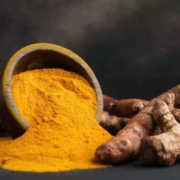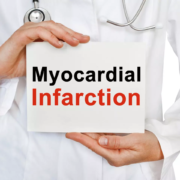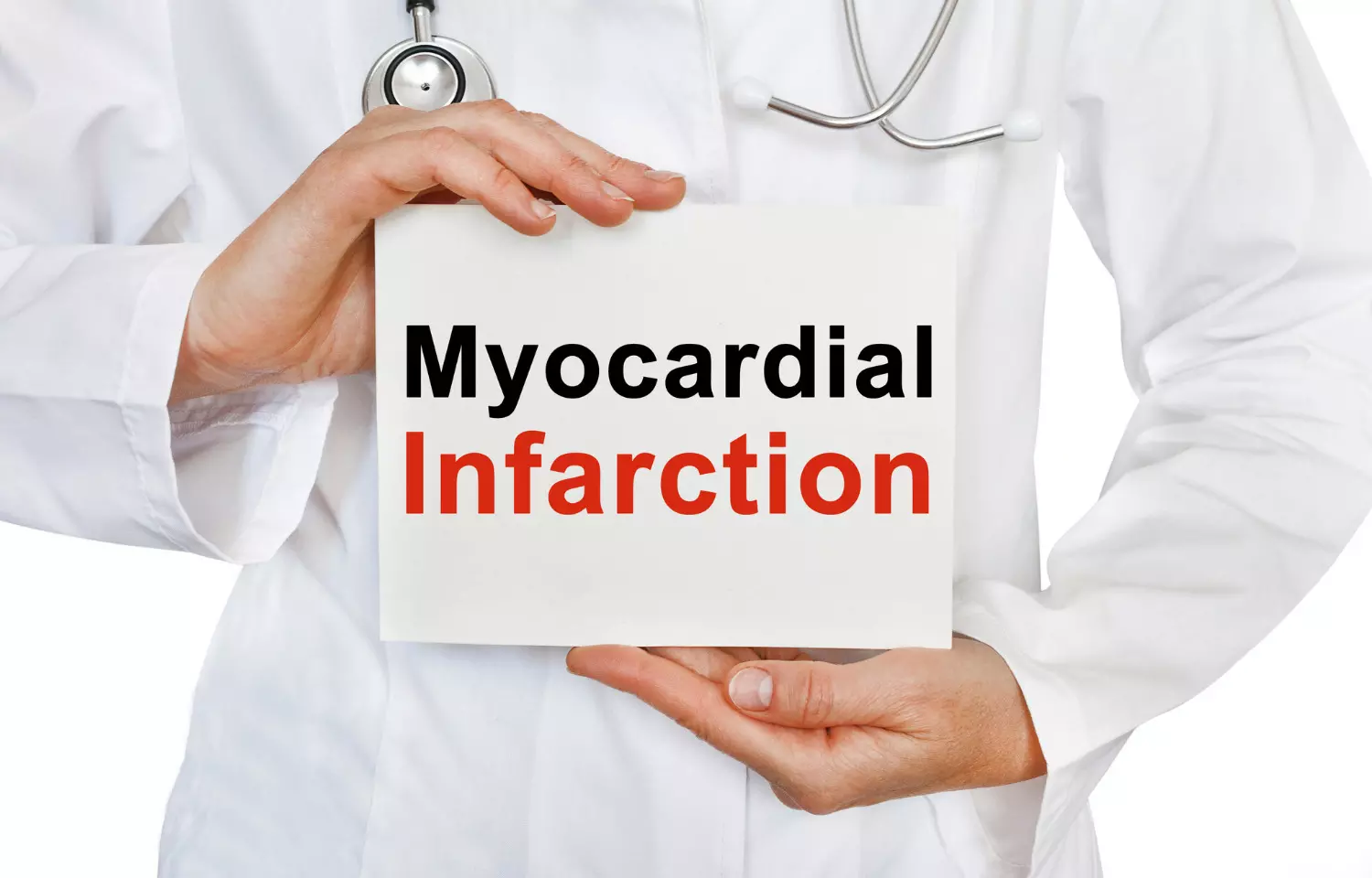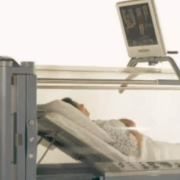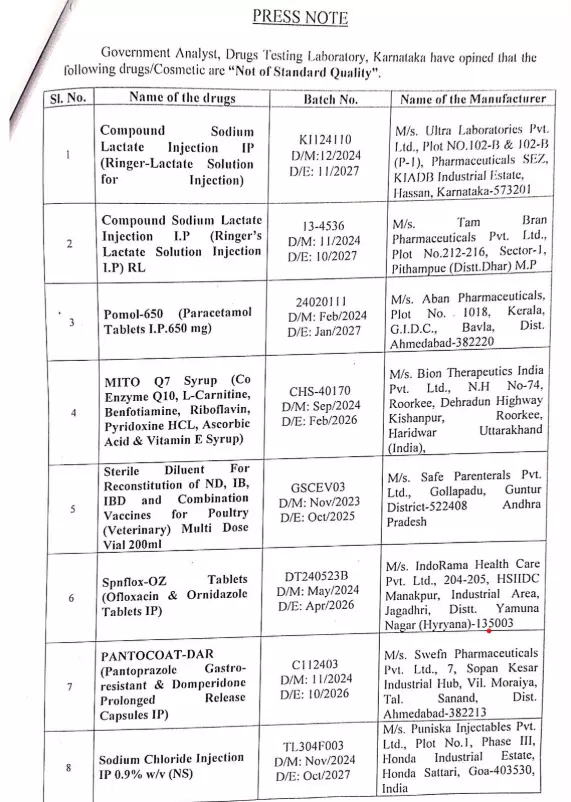Punjab Doctors shut OPD in protest demanding stipend hike, rationalised fee structure

Patiala: The revised fee structure for MBBS and BDS courses in the government medical colleges, government society-run institutes, and private health science institutes in Punjab has been opposed by the doctors in the State, who have now moved the state Chief Minister.
The doctors are also on protest. “The RDA Patiala will keep it’s OPD shut over the pending demands for a stipend hike and rationalised fee structure in Punjab,” Dr Milan Preet, joint secretary of Punjab Civil Medical Services Association (PCMSA), Punjab, and advisor to the Resident Doctors’ Association (RDA) of Patiala told Medical Dialogues.
Saying that the fee hike would restrict access to public medical education and disproportionately affect aspirants from rural and low-income families, the Resident Doctors’ Association (RDA) has written to Chief Minister Bhagwant Mann demanding a rollback of the new structure, calling for more equitable policies that prioritise accessibility over revenue generation, reports The Indian Express.
Medical Dialogues had earlier reported that the Department of Medical Education and Research, Punjab released a fee structure for admission into the MBBS and BDS courses in Government Medical Institutions, Government Societies, Government Dental Institutions, Private Institutes and Universities. The new fee structure, which was announced on June 13, revealed that the total MBBS course fee in government medical colleges and government society-run institutes (excluding the NRI quota) was decided at Rs 9,98,000 from the academic year 2025-2026. For the NRI candidates in government colleges, the full course fee has been fixed at $1,10,000.
Also Read: Planning MBBS, BDS in Punjab! Check out fee structure, bond service conditions
Commenting on this, Dr. Milan Preet said, “Medical education in Punjab is getting costlier by the day. Even though previously the amount of stipend paid during internship used to be more than the MBBS course fees for five years, with time, the situation has reversed now. While the amount of stipend has not been substantially increased, the amount of fee has increased at a rapid rate.”
He informed that the RDAs are planning to write a letter in this regard to CM Bhagwant Mann. In the letter, the doctors will point out the disparity between the fees charged for medical education in Punjab and the amount of stipend received from the Government. The resident doctors will therefore request a stipend hike at par with the neighbouring states, dearness allowance along with stipend and non-practicing allowance for all residents.
The Government’s announcement for a fee hike comes amid the ongoing protests by the MBBS interns and resident doctors from Government medical colleges across Punjab against the huge cost of medical education in the State and extremely low stipend.
While the 2020 batch MBBS interns paid Rs 7.8 lakh for undergoing medical education in Punjab, they get only Rs 15,000 per month as stipend. The amount of the fee is even higher for the consecutive batches and it has now been increased to 9,98,000 from the 2025 session onwards.
Medical Dialogues had earlier reported that protesting against the high fee structure and low stipend amounts, the MBBS interns and resident doctors in Rajasthan had urged the authorities to increase the stipend and rationalise the tuition fee and other institutional fees. Earlier also, the resident doctors and interns had submitted a representation in this regard to the Chief Minister.
Meanwhile, protesting over the unmet demands regarding stipend hike and rationalisation of tuition fees, the RDA Faridkot kept their OPD services shut yesterday, the resident doctors at Patiala have decided to boycott their OPD duties.
Writing to the Director Principal, RDA Patiala mentioned, “In solidarity with the strike initiated by RDA Faridkot and FORDA (Federation of Resident Doctors Association Panjab) we too shall be commencing a peaceful protest and OPD and OT shutdown from June 28, 2025, as a part of this united movement.”
Condemning the “unjust” and “anti-student” decision to drastically increase MBBS tuition fees and impose a mandatory two-year bond policy upon the medical graduates, the RDA Patiala mentioned that these measures make Punjab the state with the highest MBBS fee structure and the lowest intern stipend in the entire country.
According to the doctors, it also violates the constitutional right to affordable, equitable, and merit-based education and will deter meritorious students from taking admission in Punjab, thereby lowering the academic quality of incoming batches. It will commercialize public education and create a gap filled by underqualified individuals in the government health sector and push deserving candidates to private institutes or other States, draining talent from Punjab, opined the Association.
“This unjust framework will ultimately break the backbone of the public healthcare system, especially in rural and underserved regions. Are the poor to be treated like guinea pigs in this systemic failure? We strongly urge immediate rollback of the fee hike and withdrawal of the bond condition,” the letter mentioned.
The association has also demanded an upward revision of stipends for interns and residents and automatic linking of DA with stipend, as is the standard in other government sectors.
“It is appalling that neighboring states such as Himachal Pradesh, Rajasthan, Haryana, Delhi, Chandigarh, and Uttar Pradesh offer significantly higher stipends and lower fees than Punjab,” mentioned the letter.
Apart from these, the association has also demanded just and humane working hours and reinstatement of non-practicing allowance for the resident doctors. They have also opined that the exploitation through unjustifiable and illegal University fees should stop, and there should be an end to the administrative overburden.
“We are not against service, nor against governance. But we are firmly against injustice, exploitation, and negligence. We request you to convey our demands in totality to the Hon’ble Health Minister, the Vice Chancellc of BFUHS, and the Chief Secretary, Health. If the Government fails to initiate meaningful action and engage in dialog this movement will intensify across all medical institutions in Punjab, unite in our call for dignity, justice, and the future of public healthcare. We remain committed to public service but not at the cost of exploitation,” the letter added.
Powered by WPeMatico










